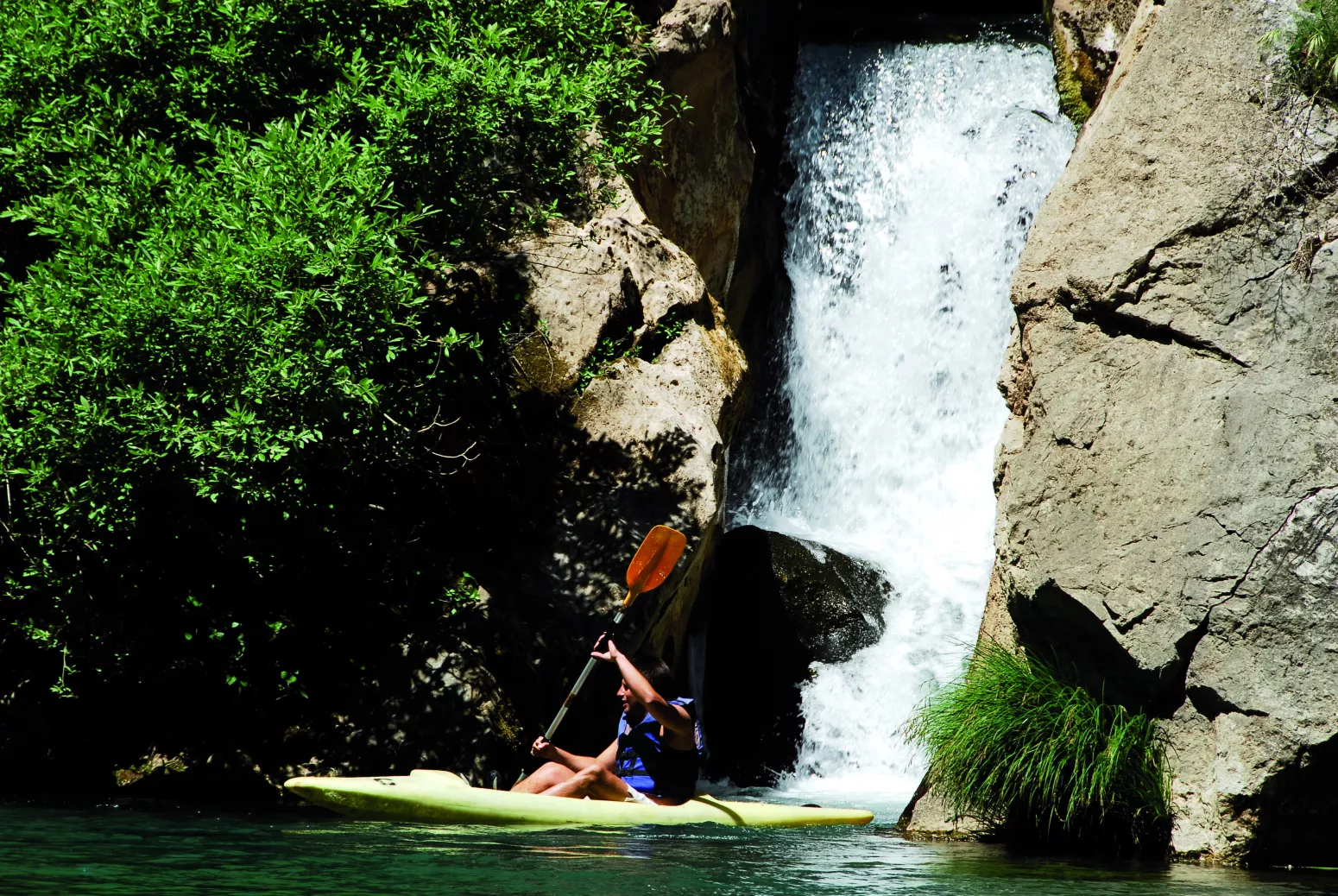Cueva del Gato. Benaojan, Málaga. Andalusia and its caves
The Gato Cave, also known as Cueva del Gato, is a unique site located in the province of Málaga, Spain. This limestone cave is known for its impressive geological formations, including stalactites and stalagmites, as well as its underground river. The cave is located in the Sierra de Grazalema, a mountain range that is part of the Andalusian System.
The Gato Cave is approximately 2,700 meters long and has a depth of 100 meters. The cave was formed millions of years ago by the dissolution of the limestone rock by acidic water. The underground river that flows through the cave is called the Guadiaro River and is a tributary of the Guadalete River.
Stalactites and stalagmites are some of the most impressive features of the Gato Cave. Stalactites are mineral formations that hang from the ceiling of the cave, while stalagmites are mineral formations that grow up from the floor. Both formations are created by the deposition of calcium carbonate, which is left behind by water dripping from the ceiling or flowing over the floor.
The Gato Cave also has several other unique features, including underground lakes and waterfalls. The largest lake in the cave is called Lake La Mora and is approximately 15 meters deep. The cave’s underground river flows through several waterfalls, including the impressive Cascada de la Cueva del Gato.
The Gato Cave is a popular destination for tourists and spelunkers alike. The cave is open to the public and guided tours are available. Visitors can explore the cave’s many features and learn about its geological history.
In addition to its natural beauty, the Gato Cave also has cultural significance. The cave has been used by humans for thousands of years and contains several archaeological sites. The cave was used as a shelter by prehistoric humans and was later used as a hideout by bandits and smugglers.
Overall, the Gato Cave is a unique and fascinating site that offers visitors a glimpse into the natural and cultural history of the region.




















